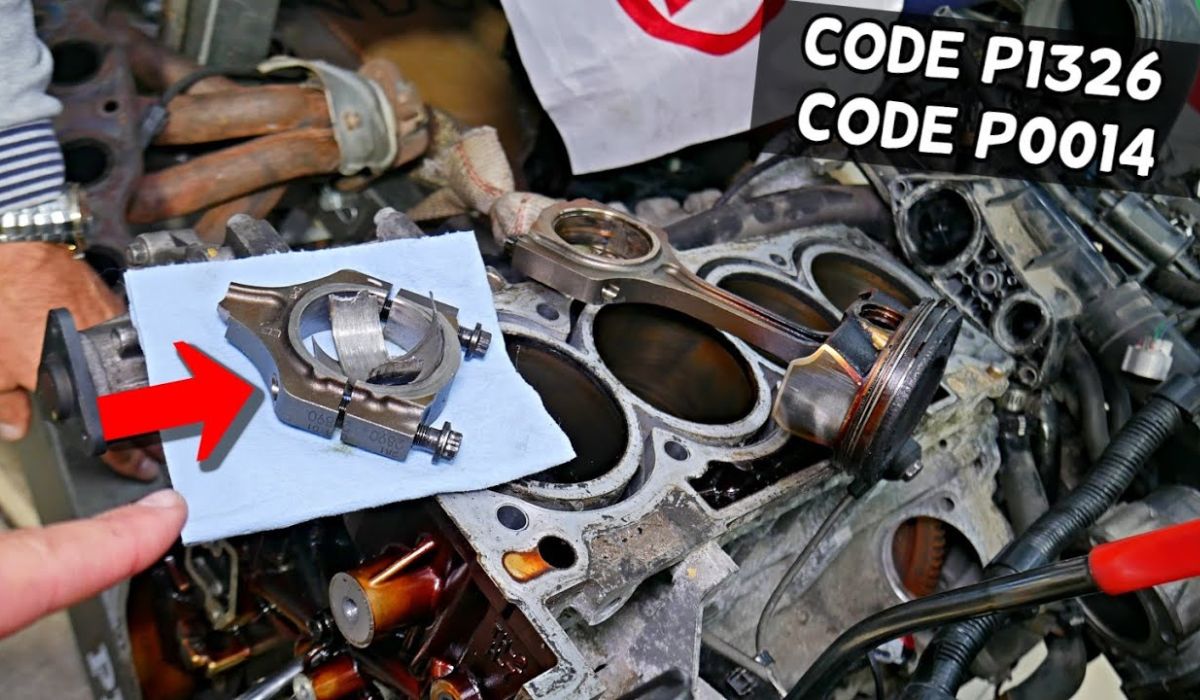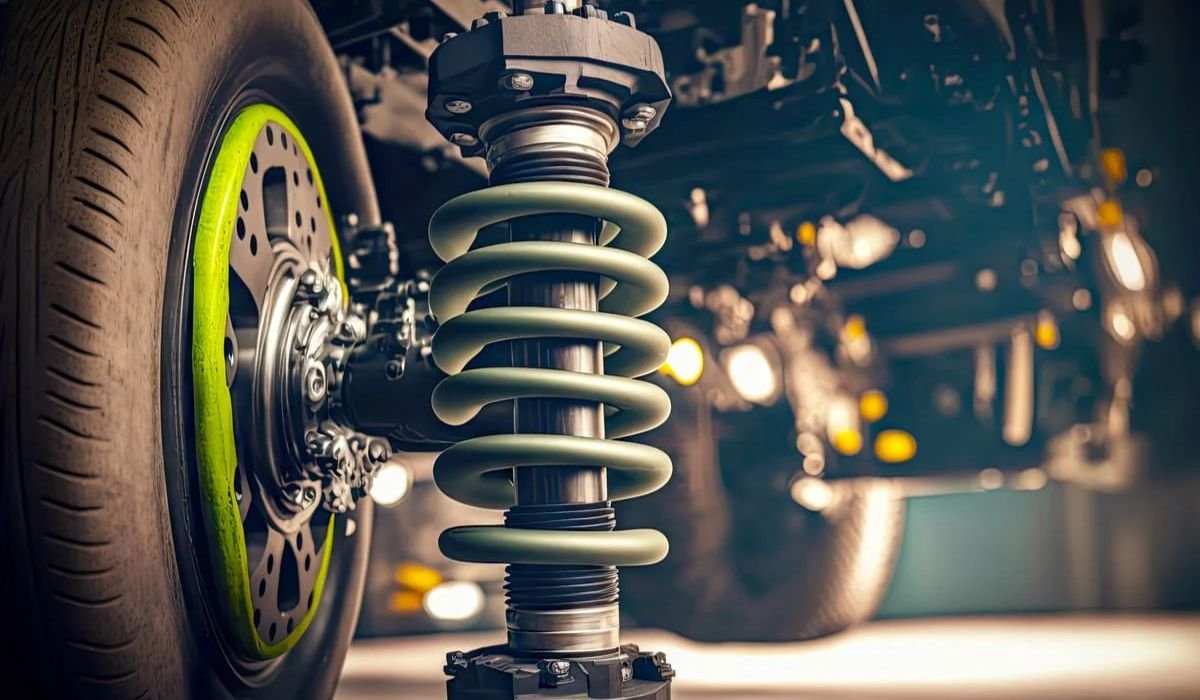Introduction
Imagine driving your car, and suddenly, the check engine light flickers on. You might feel a rush of anxiety as you ponder what could be wrong. Among the many potential issues that could trigger this light, one code that often raises concern is P1326. Ignoring this error can lead to serious consequences for your vehicle’s engine, making it crucial to understand what it means and how to address it.
In this article, we will delve into the P1326 error code, its significance in modern vehicles, and the vital role of the Knock Sensor Detection System (KSDS) in its detection and management.
Understanding the P1326 Error Code
Definition
The P1326 error code refers to a specific diagnostic trouble code (DTC) associated with the engine’s knock sensor detection system. It typically indicates that the engine control module (ECM) has detected a problem with the knock sensor or its circuit.
Causes
Several common reasons may lead to the appearance of the P1326 error code, including:
- Faulty Knock Sensor: The sensor may fail to detect engine knocking accurately.
- Wiring Issues: Damaged or corroded wiring connected to the knock sensor can trigger the error.
- Engine Control Module Problems: In some cases, the ECM itself may have issues interpreting data from the knock sensor.
- Poor Fuel Quality: Using low-quality fuel can lead to engine knocking, prompting the sensor to send a warning.
Symptoms
When dealing with a P1326 error, drivers may notice several symptoms, such as:
- Illuminated check engine light
- Reduced engine performance
- Unusual engine noises, particularly knocking
- Decreased fuel efficiency
The Role of the Knock Sensor Detection System (KSDS)
Explanation
The Knock Sensor Detection System (KSDS) is a critical component in modern vehicles that monitors engine vibrations to detect knocking, which can occur due to pre-ignition or abnormal combustion.
How it Works
The KSDS operates by using a piezoelectric sensor that generates a voltage signal in response to vibrations caused by engine knocking. This signal is sent to the ECM, which interprets the data to adjust engine parameters and prevent damage.
Importance
The KSDS plays a crucial role in maintaining engine health. By detecting knocking early, it allows the ECM to make necessary adjustments to ignition timing and fuel mixture, ultimately preventing severe engine damage.
Diagnosing the P1326 Error Code
DIY Diagnosis
If you suspect a P1326 error, you can perform a basic diagnosis by following these steps:
- Check the Engine Light: Ensure the check engine light is on and confirm the code using an OBD-II scanner.
- Inspect Wiring: Look for any visible signs of damage or corrosion in the wiring connected to the knock sensor.
- Examine Fuel Quality: Ensure you’re using the appropriate fuel type for your vehicle.
Professional Assistance
If you’re unable to pinpoint the issue, it may be time to consult a mechanic. A professional can run comprehensive diagnostics to determine the exact cause of the P1326 error and recommend necessary repairs.
Common Misconceptions
Many people mistakenly believe that a P1326 error code is a minor issue. However, failing to address it can lead to serious engine problems down the line, including complete engine failure.
Addressing the P1326 Error Code
Potential Solutions
There are several methods to resolve the P1326 error code, including:
- Replacing the Knock Sensor: If the sensor is faulty, replacing it can often fix the issue.
- Repairing Wiring Issues: Fixing damaged or corroded wiring can restore proper sensor function.
- Updating the ECM: In cases where the ECM is not interpreting signals correctly, a software update may be necessary.
Cost Implications
Repair costs can vary widely depending on the cause of the error. Replacing a knock sensor may cost between $100 and $400, while more extensive wiring repairs can escalate into the hundreds or even thousands of dollars.
Preventive Measures
To help prevent future P1326 errors, consider the following tips:
- Regularly check and maintain your vehicle’s engine components.
- Use high-quality fuel to minimize the risk of knocking.
- Schedule routine inspections with a qualified mechanic.
The Impact of Ignoring the P1326 Error Code
Short-Term Consequences
Ignoring the P1326 error can lead to immediate risks, including reduced engine performance and fuel efficiency. You might notice that your vehicle feels sluggish or unresponsive.
Long-Term Consequences
In the long run, neglecting this error can result in severe engine damage. Continuous knocking can wear down engine components, potentially leading to costly repairs or a complete engine replacement.
Financial Implications
Addressing a P1326 error promptly can save you significant money. Waiting until more severe damage occurs can lead to repairs costing thousands of dollars, far exceeding the cost of fixing the initial issue.
YOU MAY ALSO LIKE: Oil Cap on 2020 Honda Fit Says 0W-20 vs 0W-16: Which to Use?
Conclusion
The P1326 error code serves as a warning sign that should not be ignored. Understanding its significance and the role of the Knock Sensor Detection System is crucial for maintaining your vehicle’s health. By addressing this issue promptly and taking preventive measures, you can ensure a smoother, more efficient driving experience.
FAQs
What does the P1326 error code mean?
The P1326 error code indicates a problem with the knock sensor detection system in your vehicle.
What are the symptoms of a P1326 error?
Symptoms include an illuminated check engine light, reduced engine performance, and unusual engine noises.
Can I fix the P1326 error myself?
Yes, you can perform basic diagnostics, but consulting a mechanic is recommended for a definitive diagnosis.
What are the potential costs associated with fixing a P1326 error?
Costs can range from $100 to $400 for sensor replacement, with higher costs for extensive wiring repairs.
How can I prevent the P1326 error from occurring again?
Regular maintenance, using high-quality fuel, and timely inspections can help prevent future occurrences.





